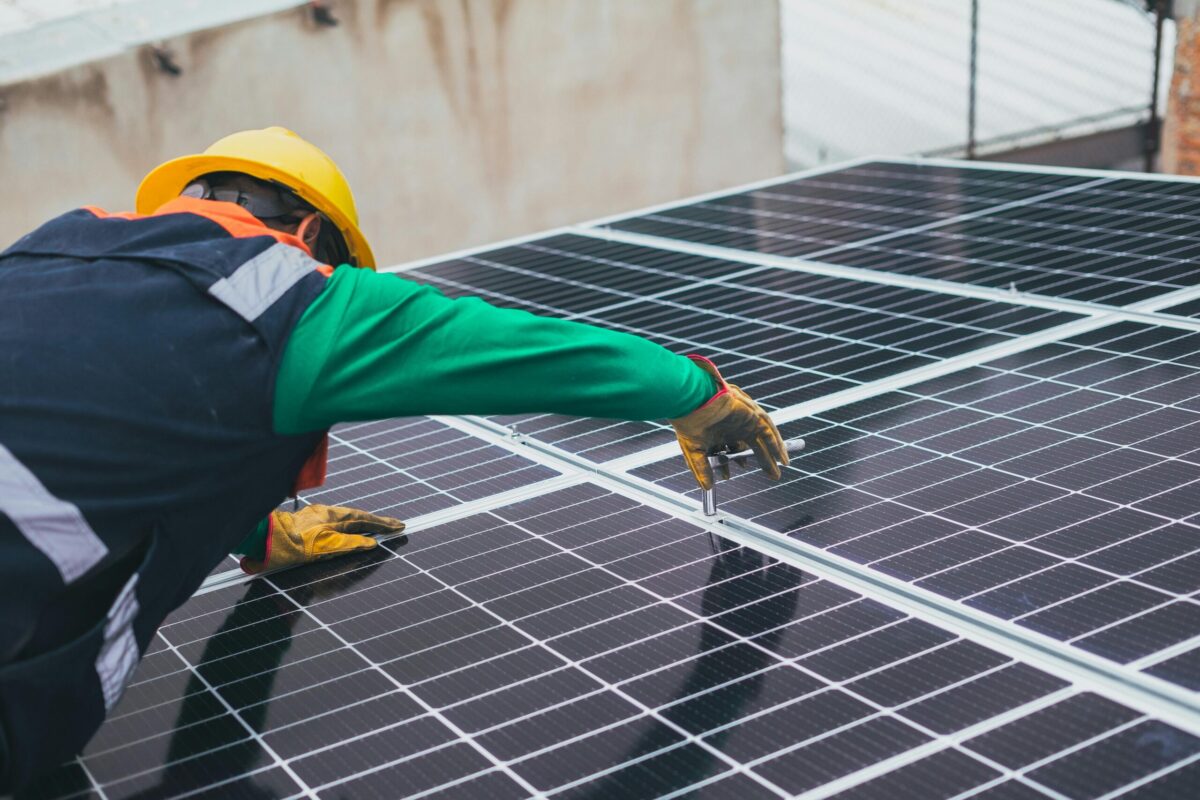OneEnergy Renewables, CleanChoice Energy, and Standard Solar plan to build nine community solar projects, with a total capacity of 24 MW, in Maryland.
Development work has been completed, and four of the nine are ready for operation. The portfolio is located across five different counties and three utility territories.
In Anne Arundel County, within Baltimore Gas and Electric’s (BG&E) service territory, are the 2 MW Checkerspot installation, which has already been completed, the 2.8 MW Bathian installation, and the 2.8 MW Patuxent project.
In Baltimore County, also within BG&E’s service territory, are the 2.4 MW Sassafras project and the 2.8 MW Trillium project. Rounding out the BG&E-area projects are Howard County’s 2.8 MW Metalmark project and the 2.6 MW Viceroy installation.
In Prince George’s County, in PEPCO’s service area, is the 2.8 MW Monarch solar project. The portfolio also includes Dorchester County, within Delmarva’s service area, with the 2 MW Glassywing solar project.
Standard Solar funded construction and will own and operate the projects long-term. OneEnergy partnered with landowners to site, permit, and design the projects. CCE is responsible for the customer acquisition to sign up Maryland residents.
The 24 MW portfolio is projected to benefit more than 5,000 Maryland households annually through community solar subscriptions, as each project is operating under the recently-strengthened Maryland Community Solar program.
In September, regulators unanimously voted to expand the capacity of the state’s community solar program as well as improve access for LMI customer participation in the state’s Community Solar Pilot Program. The expansion also changed development regulations, allowing community solar projects to be built on clean-fill construction sites, transforming previously unusable industrial locations into clean solar energy generation sites.
Earlier, Standard Solar, OneEnergy and CCE hosted a ribbon-cutting ceremony at the Checkerspot Community Solar site in Tracy’s Landing.
All the projects are “dual-use,” in the sense that they will function as solar farms and pollinator habitats.
This content is protected by copyright and may not be reused. If you want to cooperate with us and would like to reuse some of our content, please contact: editors@pv-magazine.com.









By submitting this form you agree to pv magazine using your data for the purposes of publishing your comment.
Your personal data will only be disclosed or otherwise transmitted to third parties for the purposes of spam filtering or if this is necessary for technical maintenance of the website. Any other transfer to third parties will not take place unless this is justified on the basis of applicable data protection regulations or if pv magazine is legally obliged to do so.
You may revoke this consent at any time with effect for the future, in which case your personal data will be deleted immediately. Otherwise, your data will be deleted if pv magazine has processed your request or the purpose of data storage is fulfilled.
Further information on data privacy can be found in our Data Protection Policy.